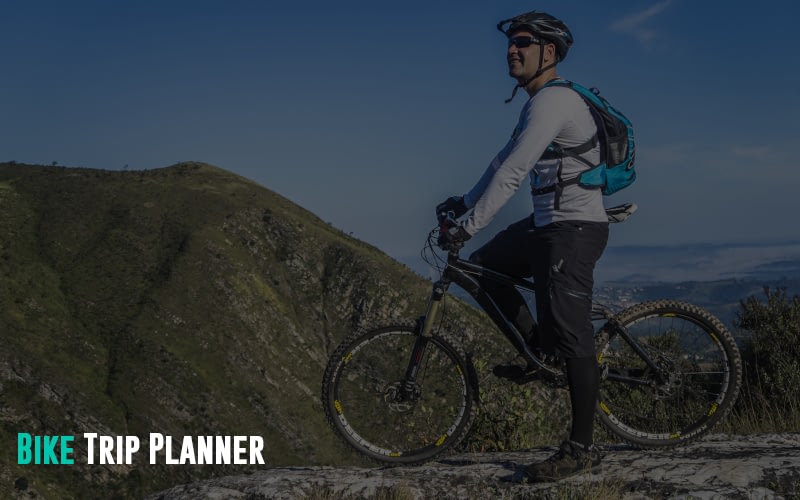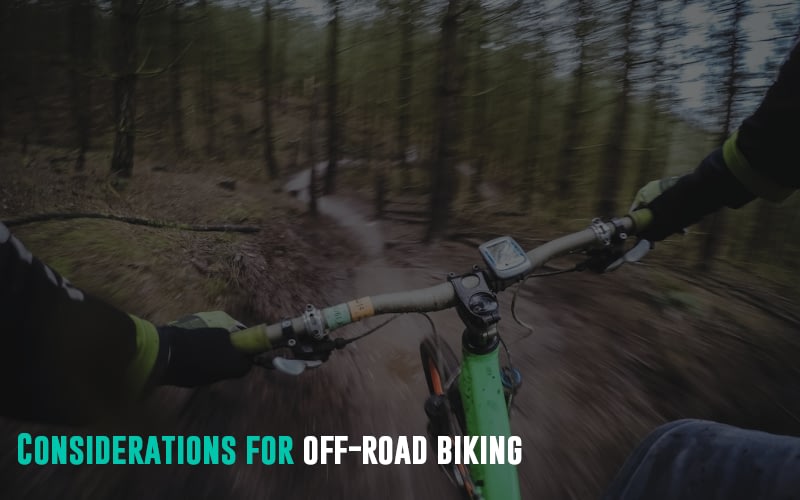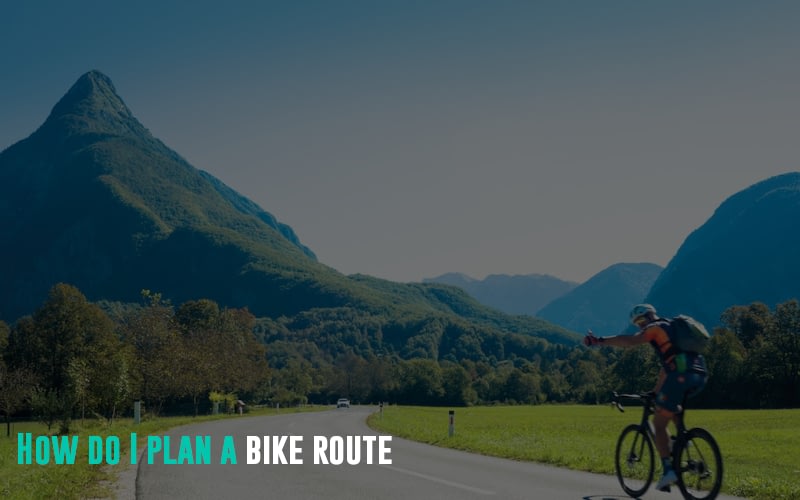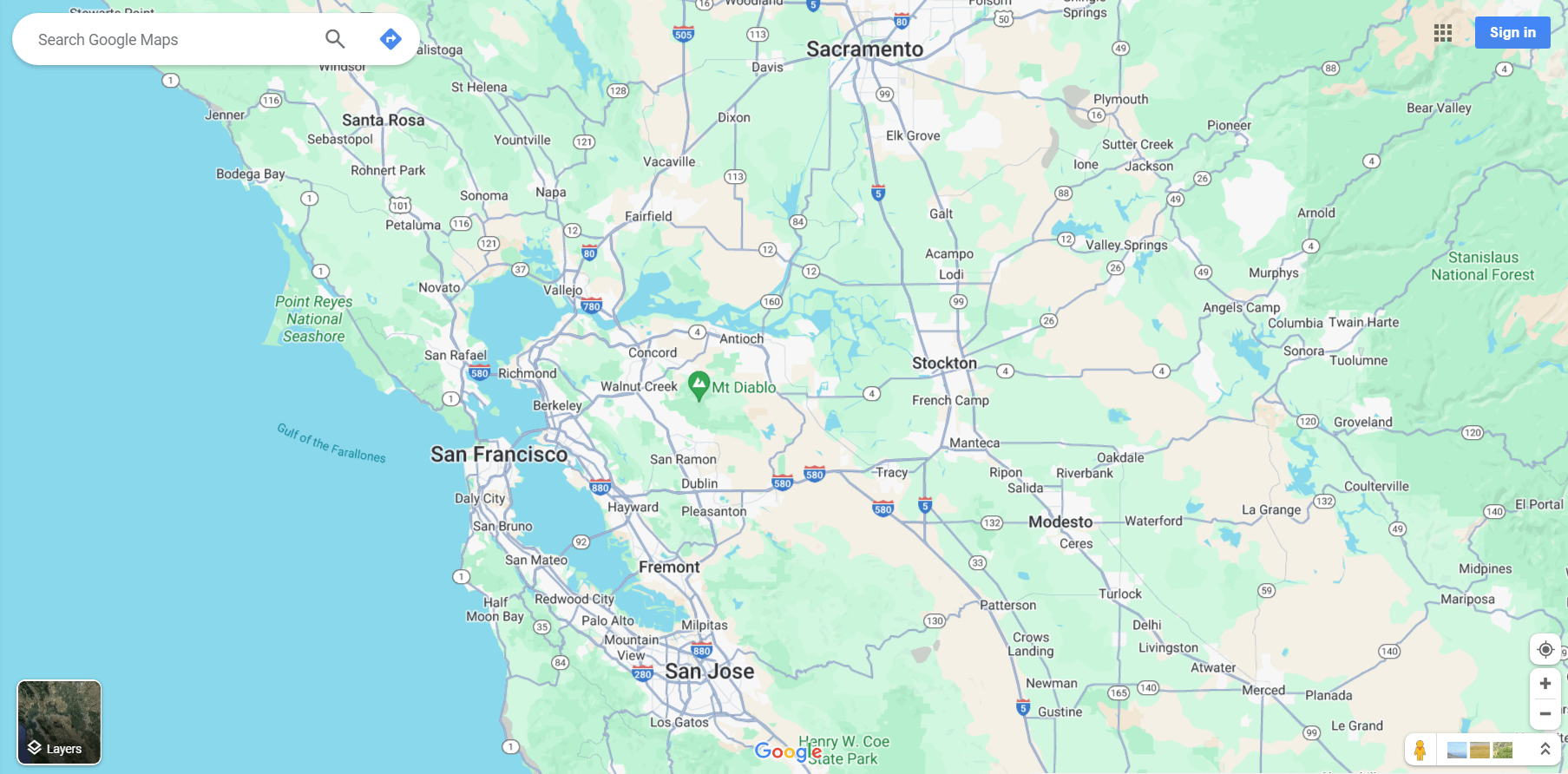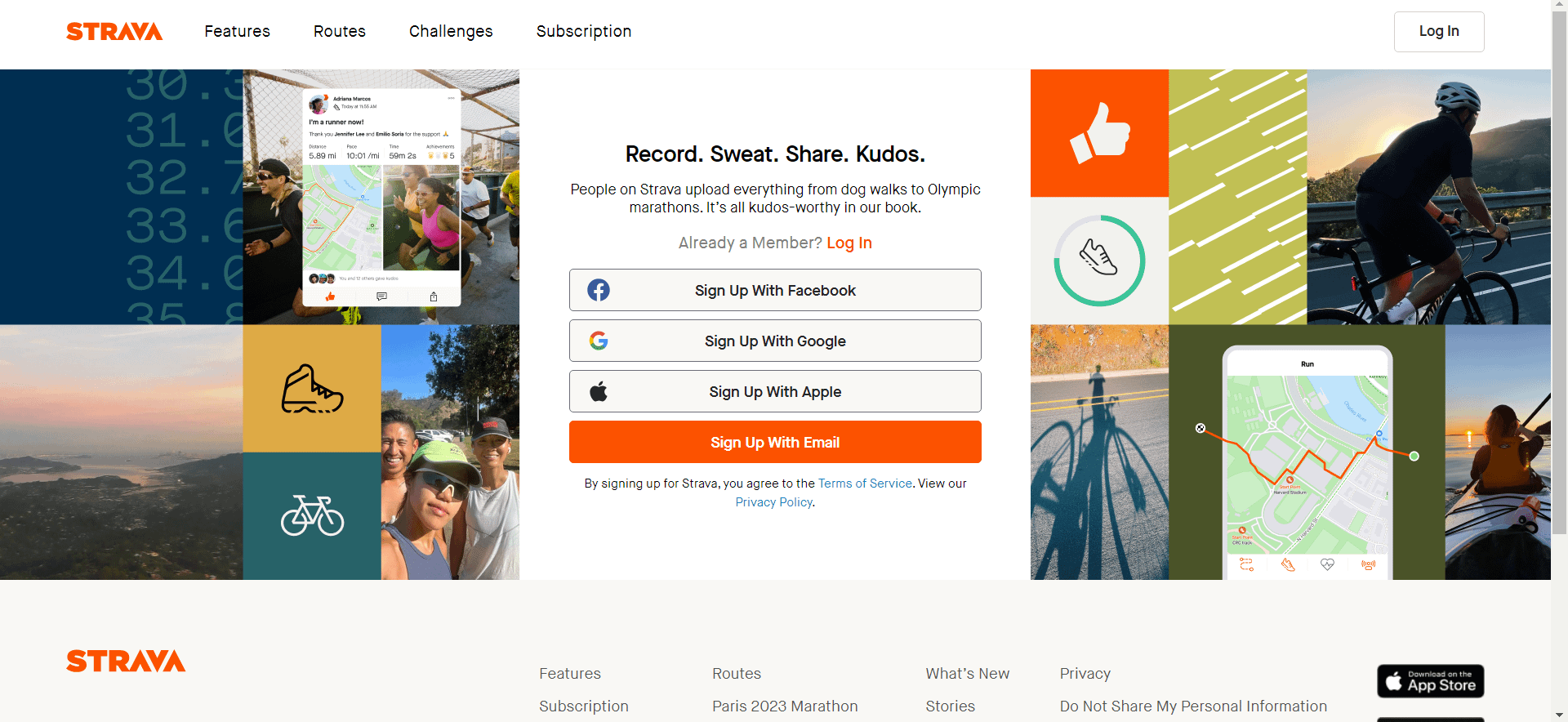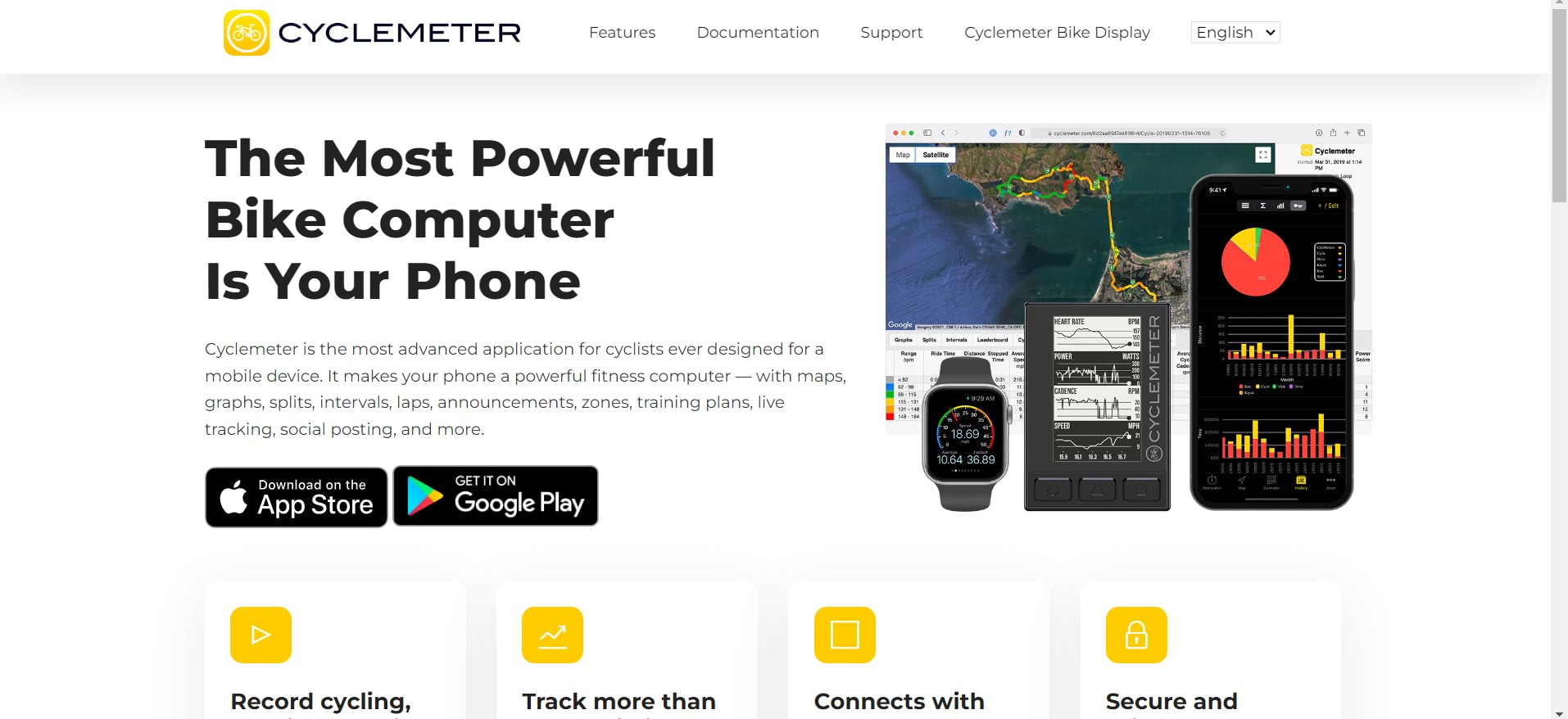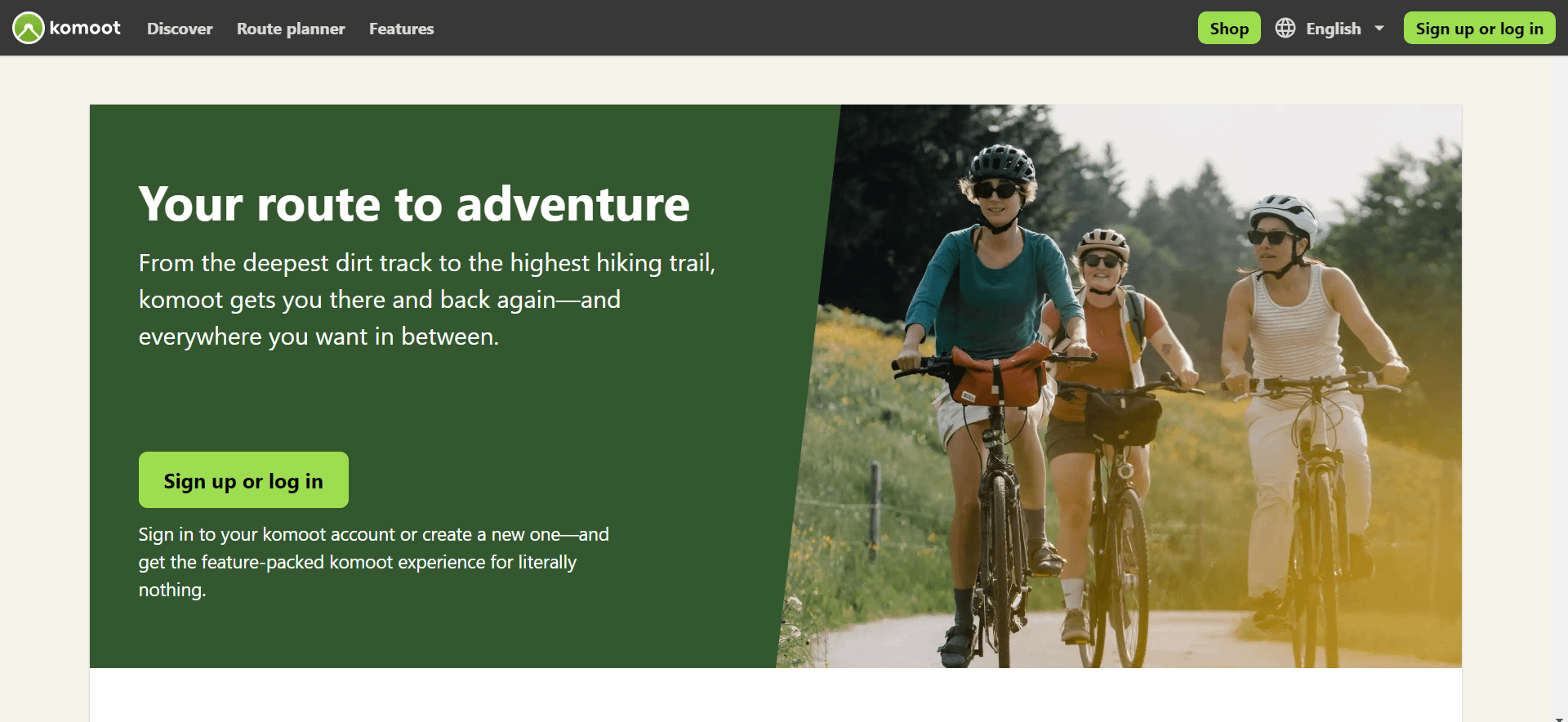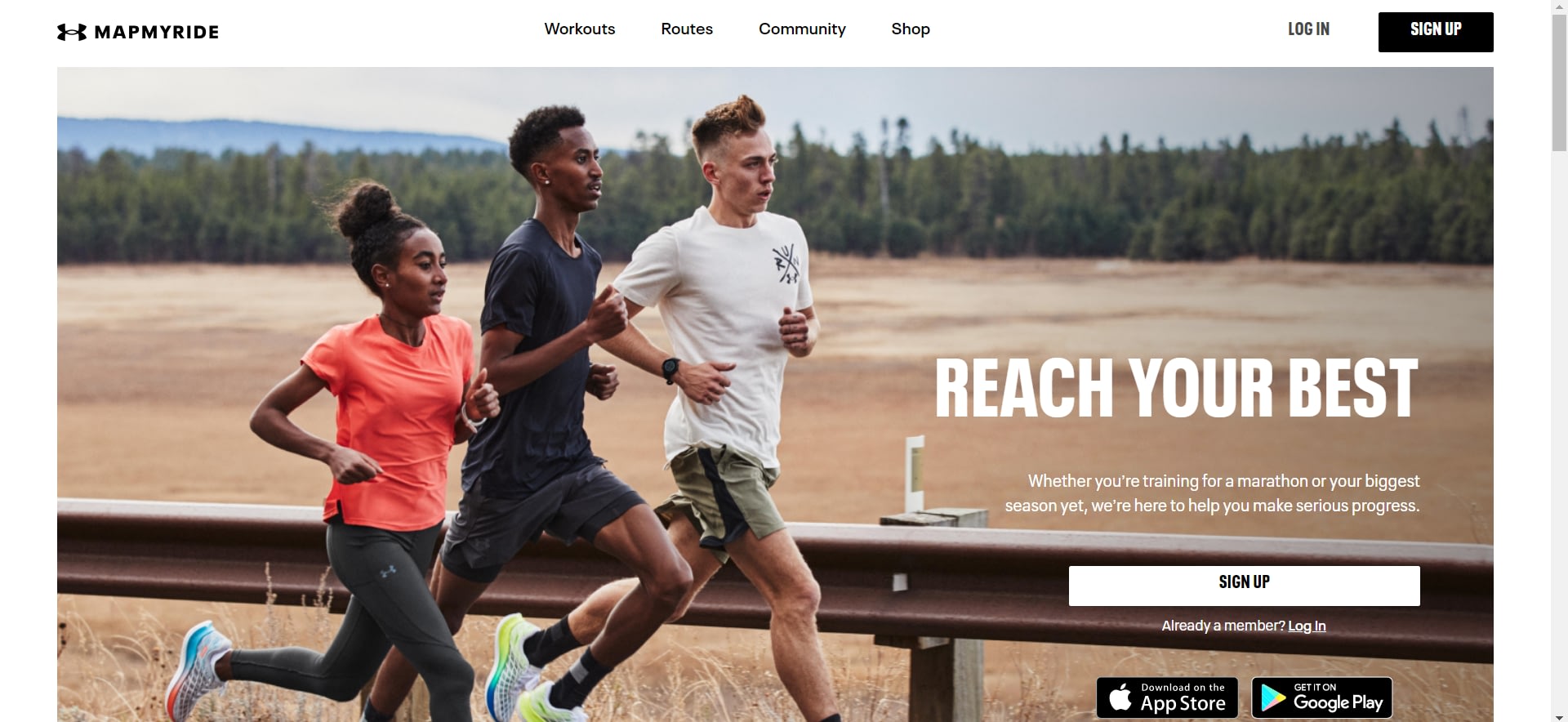Picture this: the wind in your hair, the sun on your face, and the open road stretching before you. You are free and exhilarated, and your heart is dancing to the rhythmic hum of your bicycle tires against the pavement as you pedal through stunning scenery. Bike touring combines the thrill of adventure with the joy of rediscovering the beauty of nature. Whether you’re an experienced cyclist or just starting out, the prospect of planning a bike trip can be intimidating and exciting.
This comprehensive guide will look into anything and everything you need to be the perfect bike trip planner.
Featured Image Source
How do I organize my cycling trip?
Going on a cycling trip involves more than just wearing a helmet and riding off. It requires a lot of careful planning and preparation.
Bike considerations for long-distance road trips
For a long-distance biking trip, you will spend a lot of time on your bike, and it needs to be in top condition to endure the long journey. The bike you choose should be stable, comfortable, and durable. It is better to have steel frames to avoid breakage.
Similarly, the wheel size is also important. If the long-distance bike tour is over rough terrain and remote locations, choose a 26-inch or 650b wheels. This will offer better traction and shock absorption, making your ride smooth.
There is also a real chance of getting a flat tire when biking for long distances. You can opt for a tire with built-in puncture resistance to prevent this.
Considerations for off-road biking
Off-road cycling is a bit more adventurous as it often involves rocky or muddy terrain. A mountain bike is your best bet if you plan to explore the wilderness. With its wide tires, durable frame, and suspension, it is specifically designed to handle rough terrain.
Cyclocross bikes are also great as they are built to withstand harsh terrain. They also feature a raised bottom bracket for increased ground clearance. Your bike choice should have robust tires and strong suspension.
Backpack considerations for biking
Your backpack is another aspect to consider as a bike trip planner. When going for day trips or shorter rides, a hydration pack with ample space for necessities such as tools, snacks, and a first aid kit will do. However, you should consider panniers or bike-packing bags that securely attach to your bike for longer journeys.
Always look for one with a secure and close fit to avoid chafing, bouncing, and shifting. Ensure it has adjustable straps for a snug fit, and consider a weather-resistant option to safeguard your gear.
Keep your backpack light; too much weight can cause saddle soreness or shoulder fatigue. Stow heavy things lower in your backpack and near your back to minimize their effect on your equilibrium. Remember, balance is critical, so avoid overloading your backpack for better maneuverability.
Clothing considerations
Wearing clothes specifically for biking can make you more comfortable and make cycling efficient. However, spending too much on biking clothes is not always necessary. You can wear any moisture-wicking, breathable athletic or outdoor clothing. Similarly, wear reflective pants and jackets if you plan a cycling trip in the darker, colder months.
Bike shorts are also a great option for a comfortable ride. They have stretchable fabric, making it easier to pedal long distances.
The shoes you choose should depend on your pedal. You can wear almost anything if the bike has the basic platform pedals. But cycling shoes are always the better option because they have stiffer soles, improving power transfer as you pedal.
Similarly, try using socks made of nylon or polyester to wick away sweat, and consider cycling gloves for added grip and protection. You should also invest in caps or skullcaps, especially during winter.
Useful gear
Not much gear is needed except for essential snacks and a repair kit for short half-day or one-day cycling trips. But if you are planning a multi-day trip, it is important to pack some essential gear for a smooth ride.
A few additional pieces of gear that can come in handy on your bike trip include:
- Bike pump and repair kit
- Bike lock
- Spare tubes
- First-aid kit
- Water bottle or hydration pack
- A multi-tool
- Headlamp or flashlight
- Map or GPS device
Good food to eat and calories to consider
Cycling is a demanding activity, so fueling your body with the proper nutrients is important. Choose foods that are high in carbohydrates and protein to provide you with lasting energy. Avoid sugary snacks and drinks that temporarily boost energy and leave you feeling drained.
Energy bars, nuts, bananas, nut butter, dried fruits, etc., are all great on-the-go snack options. You can also consider carrying gels or energy drinks for a quick boost for longer rides.
Managing your calories is very important when cycling as it will affect your performance and endurance. Try to eat around 120–240 calories (30 to 60 grams of carbohydrates) per hour for rides that last 90 minutes to three hours. You will need more fuel when you are riding for longer than three hours. During extended rides, try to consume 180–360 calories, or 45–90 grams of carbohydrates, every hour.
You should also try consuming a mix of liquid and solid calories (sports drinks, energy bars, etc.) as your calorie requirements rise.
How do I plan a bike route?
After figuring out your gear and nutrition, it’s important to begin mapping out your route. Several factors should be taken into account while selecting a route.
Considerations for a day trip cycling
When planning day trips, choose routes that match your fitness level and interests. You should consider factors such as elevation gain, road conditions, and the presence of rest stops.
If you’re a beginner, starting with shorter distances and gradually increasing your mileage as you get fitter is best. Similarly, stay on paved roads when starting as a bike trip planner. You can start exploring tougher terrains, like gravel roads or mountain trails, as you become more experienced.
Plan your rides as loop routes or point-to-point journeys based on your preferences. If you want a peaceful ride, steer clear of busy roads. Instead, opt for bike paths or serene country roads.
One-way vs. two-way
Another consideration while being a bike trip planner is choosing one-way or two-way cycling trips. A one-way trip can be thrilling if you’re up for adventure and don’t mind a little logistics. It allows you to discover more without backtracking.
However, if you prefer convenience and want to experience the same path in a new way, a round trip has its appeal. Besides, retracing your route brings comfort and lets you notice things you might have missed on the way out.
Bike route vs. off-road vs. street roads
Your biking route should depend on your level of expertise and the type of experience you are looking for. Bike routes are specially designed paths for cycling to get a safe and pleasant experience without many interruptions due to traffic.
Off-road trails offer a more exhilarating and challenging ride through the wilderness. But you must be more experienced for a smooth off-road ride.
While street roads give direct access to destinations and landmarks, you must share the road with motorists. They are also not suited for travelers looking for a peaceful cycling trip.
What are some distances an average biker vs. a pro can cover?
The distance a person can cover on biking tours depends on many factors. These include terrain, weather, gear weight, location, fitness levels, and rider health.
Generally, on a level, paved road, a below-average biker can often pedal at a comfortable 15 to 20 km/h. On long-distance cycling trips, an average biker can cover anywhere from 20 to 30 miles (32 – 48 kilometers) daily. That said, it’s also quite common to pedal either shorter or longer distances.
An experienced cyclist can push their limits to 50-60 miles (80 – 96 kilometers), while professional racers can cover even more.
Top cycling apps
While cycling is an enjoyable experience in itself, using cycling apps can help you enhance your planning and navigation experience. Some of the best biking apps you can try out include:
Google Maps
Google Maps is a simple yet handy tool for bike route planning. You can use this app to find bike-friendly tracks and different spots on bike lanes. It is completely free and has a convenient audio instruction feature. So you can drive your bike while keeping the phone in your pocket.
Strava
Whatever your level of skill, Strava makes a great bike route planner for travelers. Using this app, it is easy to compare important metrics like your pace and distance traveled. You can also participate in monthly challenges, monitor your rankings on leaderboards, and interact with friends, all for free. There is also a premium version available with extra features.
Cyclemeter
If you don’t mind placing your smartphone on your cycle’s handlebars, Cyclemeter could be an excellent riding companion. This app has numerous customizable settings to help you throughout the ride. Its Running GPS has a calendar that lets you keep track of your rides and determine when you should plan a session. The app also provides uplifting announcements to help you stay focused during the trip. The app is free, with in-app purchases available for 9.99 USD each.
Komoot
With Komoot, you can plan commutes and road, gravel, and mountain bike rides using an open-source database. Its routing algorithm selects the most effective route based on your fitness level and the bike-friendliness of each road or path. The application will also inform you of the difficulty, level of fitness needed, types of road surfaces you’ll encounter, and elevation profile based on your start and finish points. Free and premium versions of the app are available.
Map My Ride
This application is an excellent free tool for finding different cycling routes when bored riding along the usual ones. And if you find a great one, you can bookmark it and forward it to your friends so they can also use it. The app also has several challenges where you can compete with other members and win rewards.
Travel-Wise
Travel-Wise is kind of like the unsung hero of your cycling app collection. It is more than just a free bike route planner and can function as your bike trip planner. Travel-Wise can help you organize your cycling adventure with precision with the help of extensive itineraries and country travel guides. You can also include maps of the different places you are exploring and include the major attractions of the area in it.
What makes Travel-Wise unique is its journaling features. While you pedal through scenic landscapes, this app allows you to document your journey. With Travel-Wise, you can also share your progress with friends as you journal, fostering connections with fellow travel lovers through stories.
Conclusion
Going on a cycling trip is a great way to destress your body with some exercise and enjoy the surrounding nature. A biking trip also helps you develop patience and discipline and appreciate life’s little joys. If you are looking for the best bike trip planner, Travel-Wise is at your service. This platform is an all-in-one service provider for travel lovers and will help you through every stage of your trip planning. Check out Travel-Wise today.

